By Lt. Col. Harold E. Raugh, Jr., Ph.D., U.S. Army (Ret.)
On June 8, 1967, during the height of the Six-Day War between Israel and its Arab adversaries, the USS Liberty was attacked apparently without warning while in international waters in the eastern Mediterranean. The attack on the Liberty, a sophisticated electronic intelligence-gathering ship, was made by unmarked Israeli fighter planes and motor torpedo boats. After this horrendous two-hour attack, 34 sailors and other personnel on the U.S. ship lay dead and 171 wounded—a 69 percent casualty rate for the ship. At the time, the U.S. Secretary of Defense seemed satisfied that the Israeli attack was “unintentional,” the Israelis said the bombardment of the ship was “a mistake,” and the press reported that this incident was a “tragic blunder.”
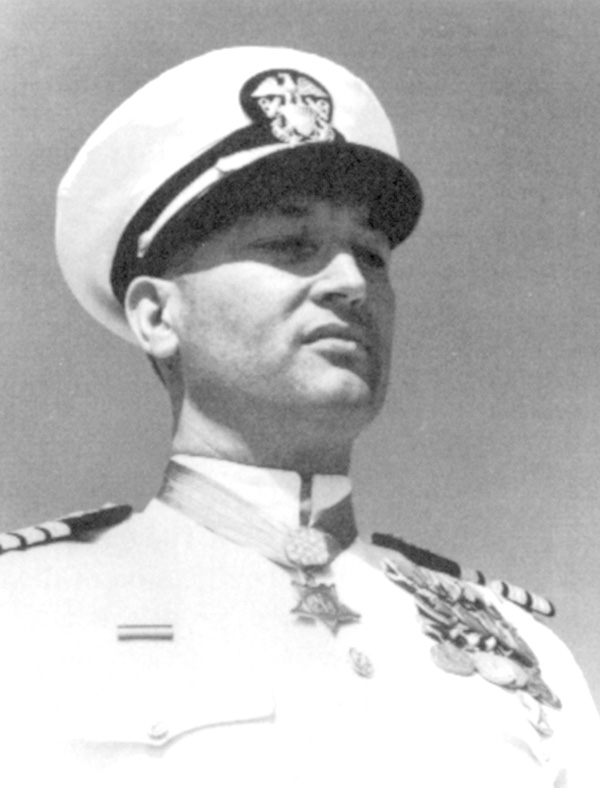 Author A. Jay Cristol, a former U.S. Navy Reserve aviator, lawyer, and retired judge, chronicles and assesses the Israeli air and sea assault on the Liberty in The Liberty Incident: The 1967 Israeli Attack on the U.S. Navy Spy Ship (Brassey’s, Washington, DC, 2002, 295 pp., glossary, illustrations, maps, appendices, notes, bibliography, index, $18.95 softcover). This seemingly analytical and methodical account is divided into 16 chapters with an epilogue. The first six chapters endeavor to reconstruct the events leading up to the Israeli attack, the attack itself, and the heroic efforts of the seriously damaged Liberty to return to port in Malta. Chapter 7, “Friendly Fire Kills,” argues that the attacking Israeli pilots could not see the Liberty’s U.S. flag flying owing to calm wind conditions. The author also introduces numerous historic examples of fratricide to reinforce his argument that the attack on the Liberty was a “classic illustration of the terrible results that can occur when friendly forces fail to keep their friends informed of their movements.”
Author A. Jay Cristol, a former U.S. Navy Reserve aviator, lawyer, and retired judge, chronicles and assesses the Israeli air and sea assault on the Liberty in The Liberty Incident: The 1967 Israeli Attack on the U.S. Navy Spy Ship (Brassey’s, Washington, DC, 2002, 295 pp., glossary, illustrations, maps, appendices, notes, bibliography, index, $18.95 softcover). This seemingly analytical and methodical account is divided into 16 chapters with an epilogue. The first six chapters endeavor to reconstruct the events leading up to the Israeli attack, the attack itself, and the heroic efforts of the seriously damaged Liberty to return to port in Malta. Chapter 7, “Friendly Fire Kills,” argues that the attacking Israeli pilots could not see the Liberty’s U.S. flag flying owing to calm wind conditions. The author also introduces numerous historic examples of fratricide to reinforce his argument that the attack on the Liberty was a “classic illustration of the terrible results that can occur when friendly forces fail to keep their friends informed of their movements.”
Cristol assesses U.S. “Survivors’ Perceptions” in Chapter 8, and highlights various “Conspiracy Theories” (Chapter 9) and “Tall Tales vs. Reality” (Chapter 10). Subsequent chapters look into various U.S. and Israeli investigations of the incident and the perceptions of television. After reviewing his own assessments, Cristol concludes that “the attack on the Liberty was a tragic case of mistaken identity that resulted from a compounding of bad mistakes perpetrated by both the United States and Israel, and nothing more.”
Cristol emphasizes in the book’s preface that before he began his research, he did not know whether the Israeli attack on the Liberty was premeditated or “a tragic case of mistaken identity.” A reader knowledgeable about the Liberty incident may question this claim.
The author apparently interviewed far more Israelis than he did Liberty survivors and U.S. Navy personnel. He states that many of the Liberty veterans suffer from Post Traumatic Stress Disorder, which does not “enhance the ability of the victims to impartially analyze the incident.” Cristol does not comment on why various Israeli statements differ from Israeli naval and sea logs or why accounts contradict each other. He does not adequately assess why Israeli naval intelligence identified the Liberty as a U.S. ship early on June 8, yet seems to have forgotten this fact throughout that fateful day. Cristol frequently speculates on other significant issues and proffers excuses for the Israeli actions, ostensibly caused by “the intense competition between the [Israeli] navy and air force.” In sum, his sequence of events leading up to and during the attack do not seem very plausible.
The evidence used in this study seems to have been mustered and interpreted selectively to refute the allegation that the Israelis attacked the Liberty intentionally. Cristol, however, cannot refute that the Liberty was in international waters when attacked, that the Israelis machine-gunned Liberty life rafts in the water, and many similar items.
When the Liberty attack occurred in 1967, the incident was soon overshadowed by a potential clash with the Soviet Union, urgent news from Vietnam, and race riots in the United States. The value of this book, which seems to be an apologia for the attacker, is in inflaming public opinion and outrage over this controversy, so that the truth may one day be written.
In Brief
Medal of Honor: Portraits of Valor Beyond the Call of Duty, by Nick Del Calzo and Peter Collier. Artisan, New York, 2003, 272 pp., glossary, appendices, $40.00 hardcover.
There is a special aura and mystique that surrounds Medal of Honor awardees, 117 of whom are highlighted in this majestic book. These living (or recently deceased) Medal of Honor awardees earned their coveted award in fierce combat in the jungles and woods during World War II, the frozen rice paddies and tortuous hills of Korea, and in the sky and swamps of Vietnam. Two pages are devoted to each man, with one page (written by Peter Collier) describing his heroic combat actions, and the other consisting of a full-page contemporary portrait of each Medal of Honor bearer. The portraits themselves (taken by Nick Del Calzo) are poignant studies in character, charisma, and leadership. In this era of commercialized and arguably specious patriotism, the gallant actions “above and beyond the call of duty” for which these heroes were awarded the Medal of Honor are truly inspiring. This outstanding book merits a large and grateful readership.
The National Guard: An Illustrated History of America’s Citizen-Soldiers, by Michael D. Doubler and John W. Listman, Jr. Brassey’s, Washington, DC, 2003, 191 pp., illustrations, appendix, bibliography, index, $29.95 hardcover.
The strong tradition of the citizen-soldier is honored in American history. Militiamen provided protection and enforced the laws in colonial America, and they served in our nation’s conflicts from the American Revolution through the Spanish-American War. Transformed by the Militia Act of 1903 into the National Guard, soldiers of this organized reserve force served in both world wars through today’s Global War on Terrorism. The interesting evolution of the National Guard is chronicled engagingly and in rich detail by two retired National Guard officers in this superb book. The final two of the five chapters describe the roles and operations of, respectively, the Army and the Air National Guard, from 1946 to 2002. This volume, however, is printed on surprisingly poor quality paper, which reduces the clarity and effectiveness of its many illustrations. Nevertheless it is a popular study that will be attractive to many National Guardsmen and readers interested in civil-military cooperation.
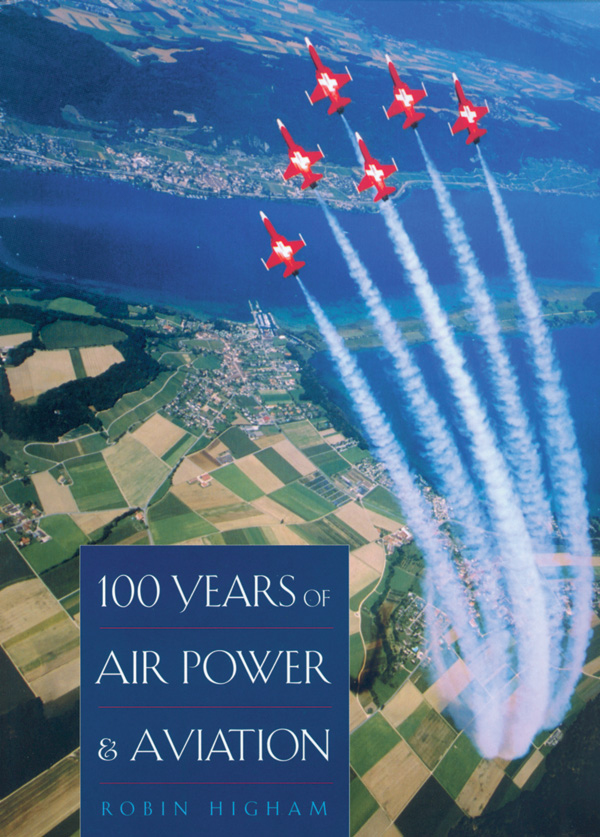 100 Years of Air Power & Aviation, by Robin Higham, Texas A&M University Press, College Station, 2003, 480 pp., illustrations, map, tables, appendices, bibliography, index, $50.00 hardcover.
100 Years of Air Power & Aviation, by Robin Higham, Texas A&M University Press, College Station, 2003, 480 pp., illustrations, map, tables, appendices, bibliography, index, $50.00 hardcover.
“Flight,” observes eminent aviation historian Robin Higham, “has forever captured the imagination.” Originally published in 1972 as Air Power: A Concise History, this revised and enlarged edition critically chronicles American, British, Soviet, German, Italian, French, Chinese, Japanese, and Israeli aviation. Higham also details the evolution of theories of strategic bombing and tactical air support. Their practical application in the two world wars and other conflicts up to the present day are covered in rich detail with provocative analyses. The social, economic, and political components and context of airpower are also highlighted. This profusely illustrated study captures the imagination of the reader and should prove to be an authoritative work for anyone wishing to understand the first century of air power and aviation.
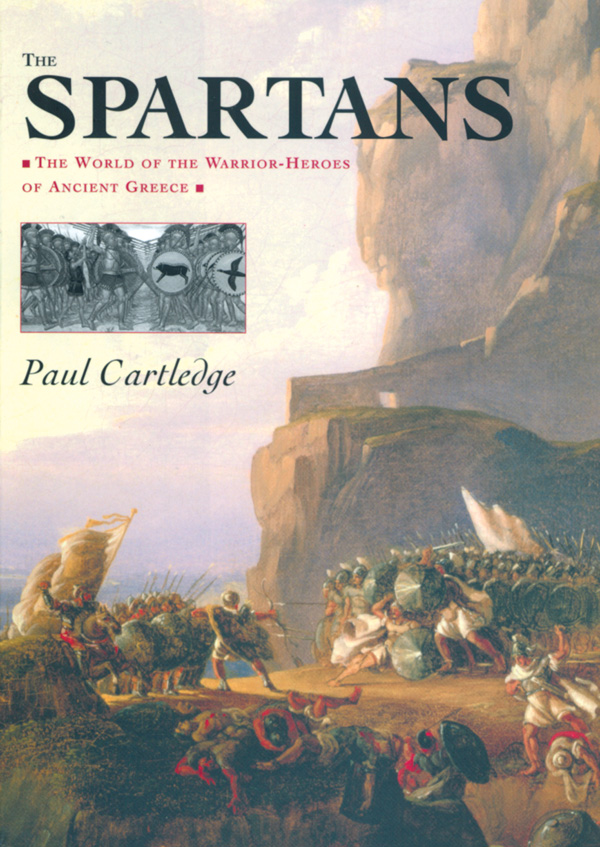 The Spartans: The World of the Warrior-Heroes of Ancient Greece, by Paul Cartledge, Overlook Press, Woodstock, NY, 2003, 304 pp., chronology, illustrations, maps, appendix, notes, select bibliography, index, $27.95 hardcover.
The Spartans: The World of the Warrior-Heroes of Ancient Greece, by Paul Cartledge, Overlook Press, Woodstock, NY, 2003, 304 pp., chronology, illustrations, maps, appendix, notes, select bibliography, index, $27.95 hardcover.
The Spartans of ancient Greece are legendary for their fierce combat skills and the unprecedented military society they developed. In this worthwhile volume, Classics Professor Paul Cartledge chronicles in perceptive detail the evolution of the Spartan kingdom. His intriguing study covers the formation of the Spartan state, its height of expansion and sophistication in the fourth and fifth centuries bc, and its collapse as a Greek power about 100 years later. Spartan society was honed defending against a massive Persian invasion that culminated in the Battle of Marathon, 490 bc—the celebrated battle the Spartans actually missed. Compellingly written and filled with factual and anecdotal details, Cartledge superbly describes Spartan society and its influence on the Western world.
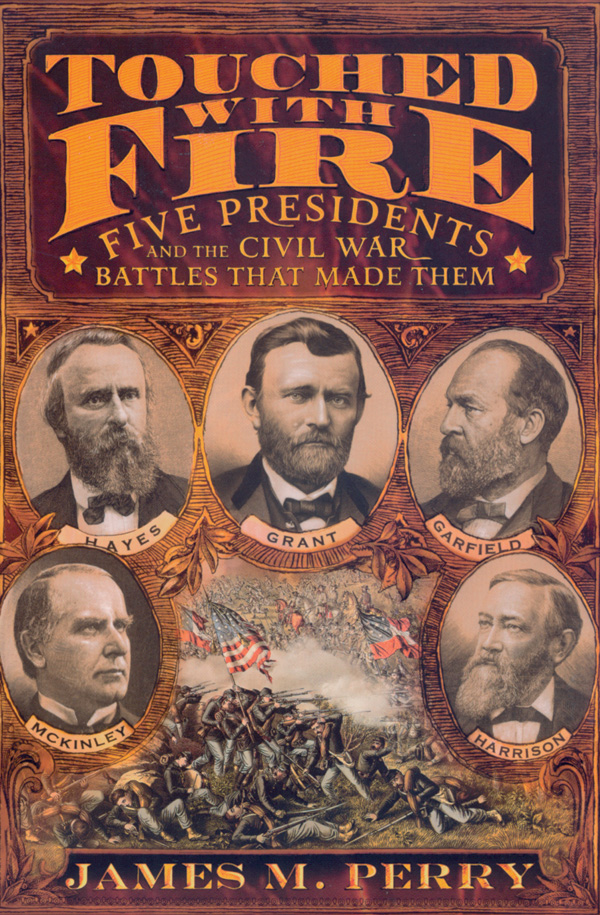 Touched by Fire: Five Presidents and the Civil War Battles That Made Them, by James M. Perry, Public Affairs, New York, 2003, 352 pp., illustrations, maps, index, $26.00 hardcover.
Touched by Fire: Five Presidents and the Civil War Battles That Made Them, by James M. Perry, Public Affairs, New York, 2003, 352 pp., illustrations, maps, index, $26.00 hardcover.
Ulysses S. Grant, Rutherford B. Hayes, James Garfield, Benjamin Harrison, and William McKinley were, respectively, the 18th, 19th, 20th, 23rd, and 25th presidents of the United States. They were battle-hardened members of the “greatest generation” of the 19th century. They all served in combat during the bloody Civil War, and all (except McKinley) reached the rank of general officer. In this elegantly written, educational, and entertaining study, James M. Perry, using extracts from their own letters and papers as much as possible, chronicles the desperate battles they fought in and the trials they faced during the war to preserve the Union. “It is safe to say,” asserts Perry, “that none of them would have been elected president if it hadn’t been for their wartime performances.” Ironically, after surviving the crucible of combat, two of these soldier-presidents were killed by assassins’ bullets while serving in the White House.
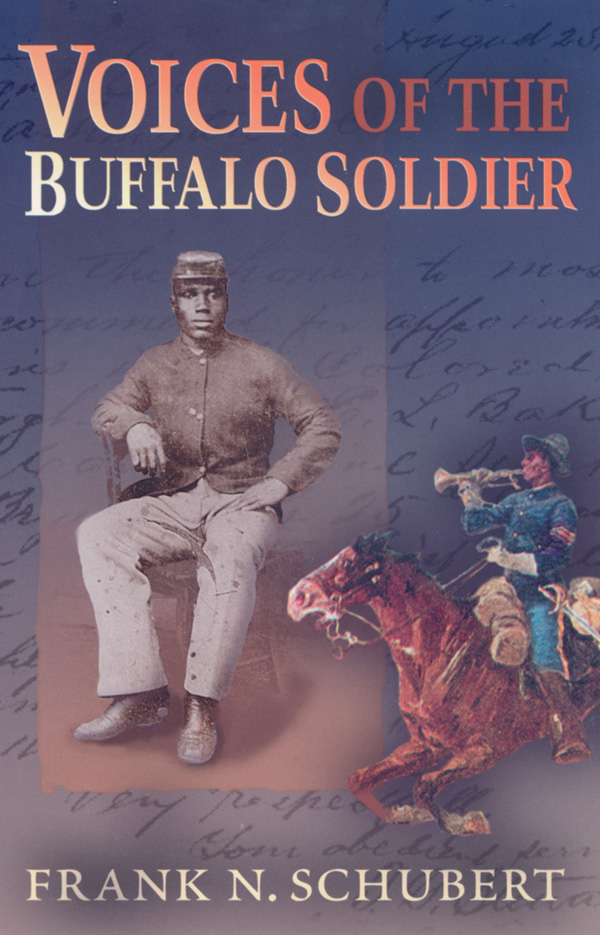 Voices of the Buffalo Soldier: Records, Reports, and Recollections of Military Life and Service in the West, by Frank N. Schubert, University of New Mexico Press, Albuquerque, 2003, 281 pp., illustrations, maps, notes, index, $24.95 hardcover.
Voices of the Buffalo Soldier: Records, Reports, and Recollections of Military Life and Service in the West, by Frank N. Schubert, University of New Mexico Press, Albuquerque, 2003, 281 pp., illustrations, maps, notes, index, $24.95 hardcover.
Over 180,000 blacks served in the U.S. Army during the Civil War. After the Civil War, black soldiers served in the West in four segregated regiments—the 24th and 25th Infantry and 9th and 10th Cavalry. These “Buffalo Soldiers” participated in 168 of 1,296 frontier skirmishes and battles fought between 1866 and 1897 and earned 18 Medals of Honor for their bravery. This interesting book contains 105 related documents, arranged chronologically in 60 chapters. About half the documents are first-person accounts of black soldiers, officers, and chaplains, and 24 highlight the views of white officers. Documenting perceptions of institutional and civilian prejudice, gallantry in action, and the routine of frontier garrison duty, these black voices are an important part of and add to our understanding of the American military experience. There was never a doubt, however, about the Buffalo Soldiers’ fighting prowess, as one general officer acknowledged: “Why they would charge into hell, fight their way out and drag the devil out by the tail”!
Uncle Sam’s War of 1898 and the Origins of Globalization, by Thomas Schoonover, University of Kentucky Press, Lexington, 2003, 180 pp., illustrations, maps, notes, selected bibliography, index, $30.00 hardcover.
The United States’ current aggressive efforts at globalization, “to imperialize its economic order, its political institutions, and its values,” according to Professor Thomas Schoonover, are not new. He argues in this scholarly treatise that the 1898 Spanish-American War, as a result of which the United States acquired Cuba, Puerto Rico, Guam, and the Philippines, was the precedent for America’s overseas expansionist policies. The Caribbean-Central American region, which linked European and later U.S. efforts at colonialism that eventually attempted to control Asia, is considered to be the “pivot of history.” Increasingly large and modernized U.S. Army and Navy forces were instrumental in this expansion, and helped stomp out opposition in areas that resisted Western domination. Schoonover’s sobering and thought-provoking study shows why and how the American hunger for wealth, material, labor, markets, and attempts at empire building was sparked by the Spanish-American War of 1898 and continues unabated to this day.
In the Service of the Emperor: Essays on the Imperial Japanese Army, by Edward J. Drea, University of Nebraska Press, Lincoln, 2003, 300 pp., illustrations, maps, index, $29.95 softcover.
Studies of Japan’s wars in Asia and the Pacific during 1937-1945, a pivotal experience of the 20th century with far-reaching repercussions to the present day, have suffered owing to a reliance on outdated English-language sources. Edward J. Drea, knowledgeable in the Japanese language, has overcome this obstacle and gained access to fresh primary source documents, including confidential military reports, court diaries, and recently declassified Allied intelligence assessments. From this treasure of documents, Drea has written a dozen penetrating essays on the Japanese armed forces and their leadership during World War II. From assessments of Japanese Army minor tactics, grand strategy, officer and enlisted training and education, and Allied estimates of an invasion of Japan to the emperor’s role in the conflict, the collected essays in this excellent and highly recommended anthology dispel many myths and shed much light on the Japanese Army during World War II.
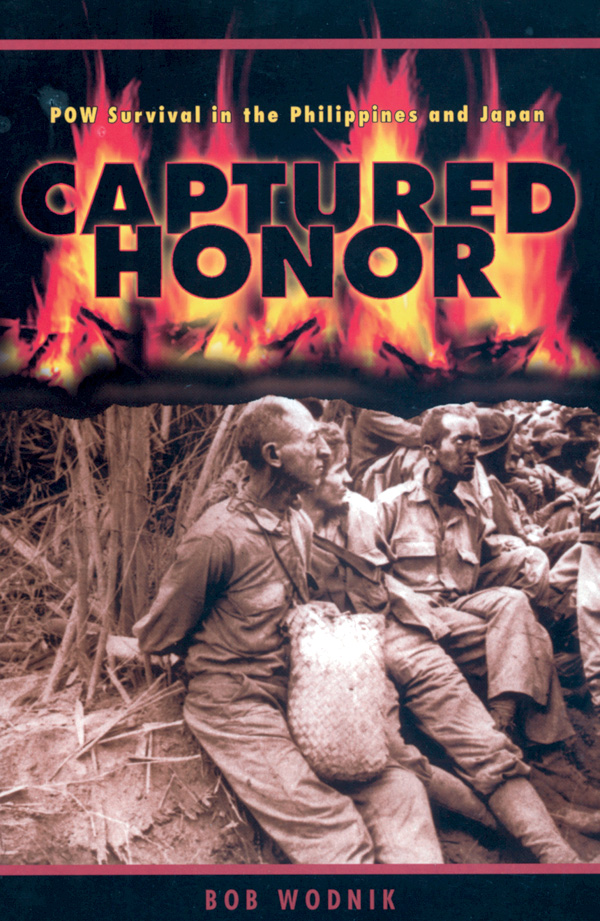 Captured Honor: POW Survival in the Philippines and Japan, by Bob Wodnik, Washington State University Press, Pullman, 2003, 177 pp., illustrations, sources, index, $19.95 softcover.
Captured Honor: POW Survival in the Philippines and Japan, by Bob Wodnik, Washington State University Press, Pullman, 2003, 177 pp., illustrations, sources, index, $19.95 softcover.
Members of the World War II generation, as shown in this interesting monograph, were letter writers and storytellers. Centered on the burgeoning lumber town of Everett, Wash., this book reveals the stark differences between life on the domestic front and that of Everett residents who served in the military in the Pacific Theater. The main character is Jack Elkins, a young Marine who was captured by the Japanese on Corregidor in 1942. He survived a POW camp in the Philippines, transport in a “hell ship” to Japan, and forced labor in Yokohama. His brutal experiences—“forty months squatting with dirty mess kit tins in the company of camp flies and dead men”—are chronicled candidly and realistically, although with a journalistic flair. They contrast sharply with the activities of the compulsive Everett letter writer, bookworm, and hotel night clerk Ed Fox, whose experiences are juxtaposed with those of Elkins and a few others. Wodnik’s intriguing book offers a number of selective glimpses of the face of war of Everett residents, in combat and on the domestic front, during World War II.
The Muslim-Croat Civil War in Central Bosnia: A Military History, 1992-1994, by Charles R. Shrader, Texas A&M University Press, College Station, 2003, 223 pp., illustrations, maps, tables, appendices, notes, sources, index, $42.95 hardcover.
In March 1992, Bosnian Croats and Bosnian Muslims in central Bosnia-Herzegovina collaborated to defend themselves against ferocious Serb attacks. Eight months later, however, the town of Jajce fell to the attacking Bosnian Serbs. Mutual recriminations over responsibility and the resulting influx of Muslim refugees precipitated the Croat-Muslim conflict in the area, a part of the conflagration engulfing the former Yugoslavia. Retired U.S. Army
lieutenant colonel and historian Charles R. Shrader has meticulously researched United Nations reports, the many documents and testimonies from trials at the International Criminal Tribunal for the Former Yugoslavia, and myriad other sources in writing this book. He has conducted a thorough analysis of both Bosnia’s Croatian and Muslim armies, highlighting their organization, tactical doctrine, communications, training, logistics, and command and control. Shrader’s objective conclusions dispel many myths. For one, he shows that, contrary to many published reports, the Bosnian Croats were generally not the aggressors but, in central Bosnia, were “clearly outnumbered, outgunned, and on the defensive” against superior Muslim forces.
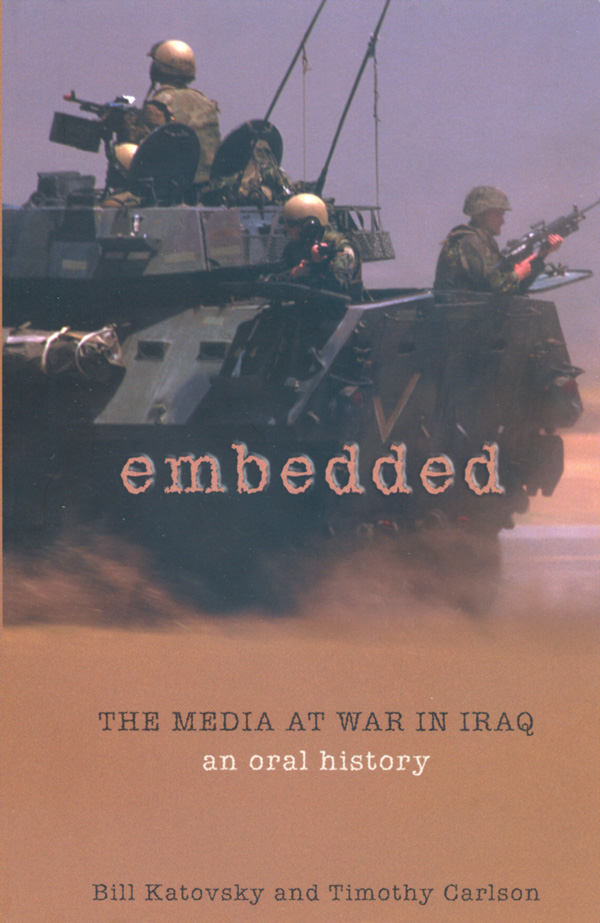 Embedded: The Media at War in Iraq, by Bill Katovsky and Timothy Carlson, Lyons Press, Guilford, Conn., 2003, 422 pp., map, appendix, notes, $23.95 hardcover.
Embedded: The Media at War in Iraq, by Bill Katovsky and Timothy Carlson, Lyons Press, Guilford, Conn., 2003, 422 pp., map, appendix, notes, $23.95 hardcover.
“I saw them without their skulls. I saw them disemboweled,” wrote Detroit News reporter John Bebow, and “I saw them shot up and raked by helicopter fire.” Bebow was one of 2,700 journalists and media specialists to receive credentials from the Pentagon to cover U.S. military operations in Iraq in early 2003. He was “embedded”—he ate, lived, traveled, and slept—with a Marine Corps unit. Embedding war correspondents dates from World War II, and in Iraq these journalists shared hardships and danger while frequently providing real-time news coverage. This interesting anthology consists of almost 60 personal stories written by embedded journalists, highlighting their varied experiences during Operation “Iraqi Freedom.” It is a superb and timely volume, in many respects the first version of history, adding a unique civilian perspective to the grim realities of war.
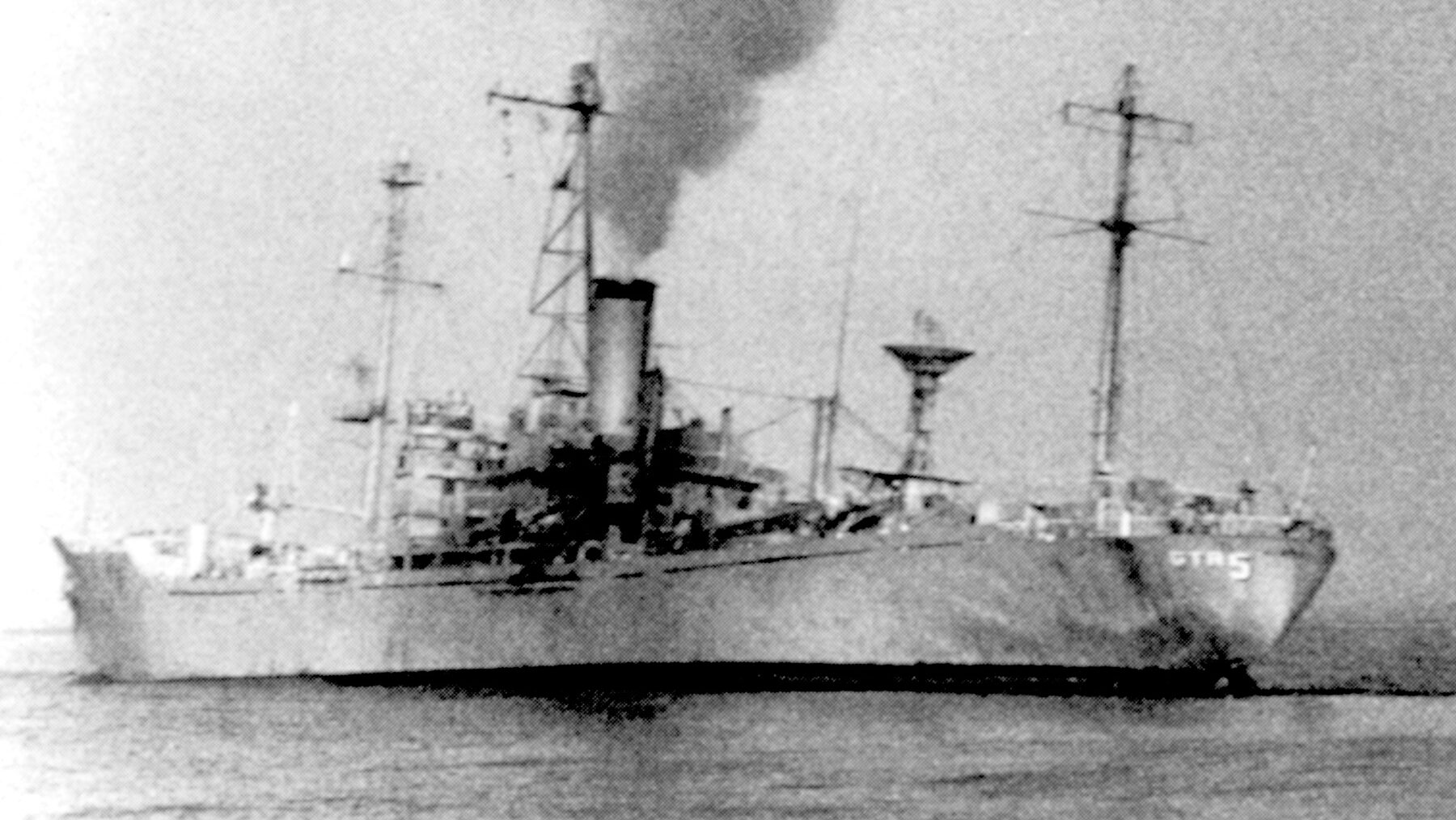
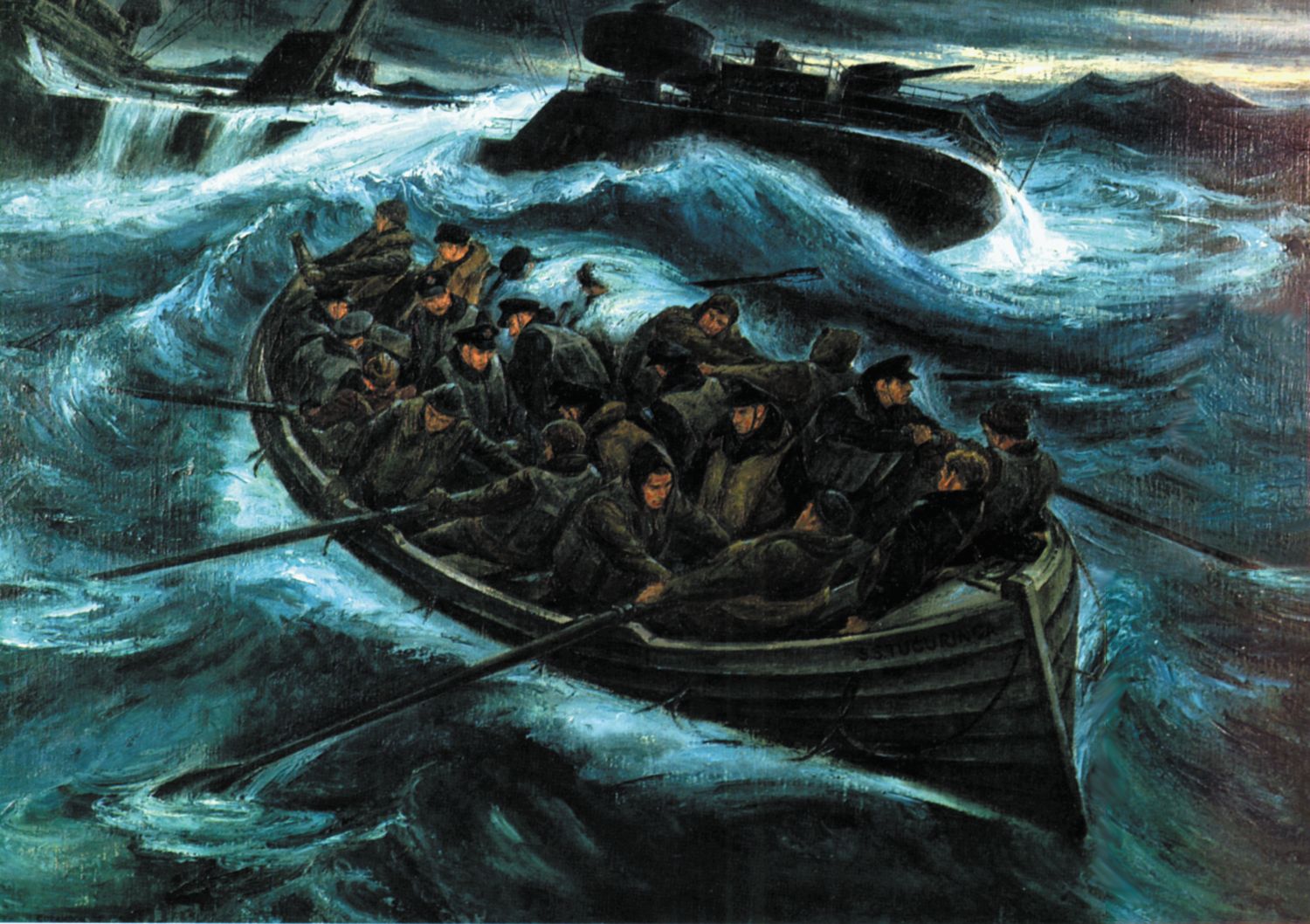
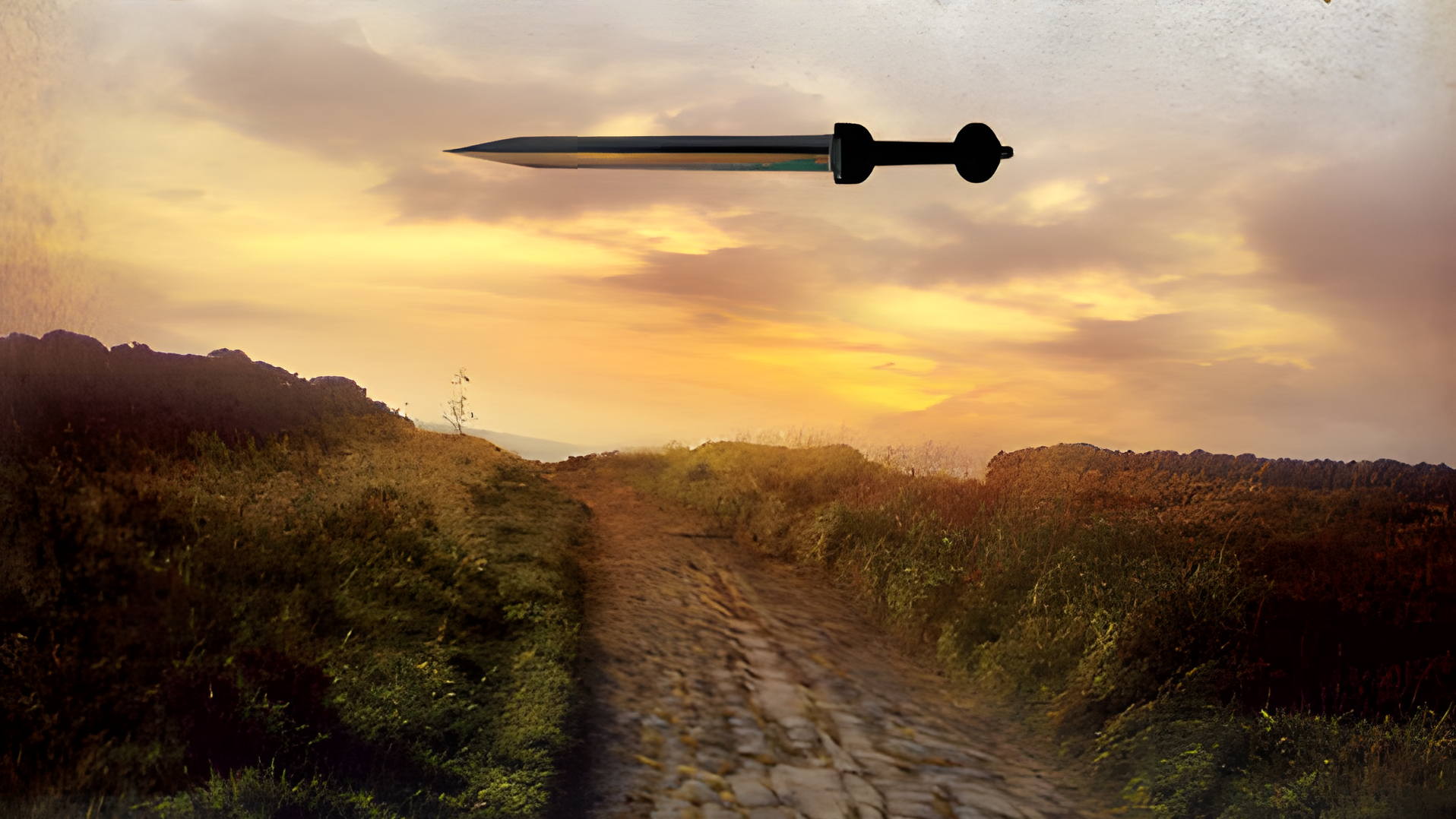
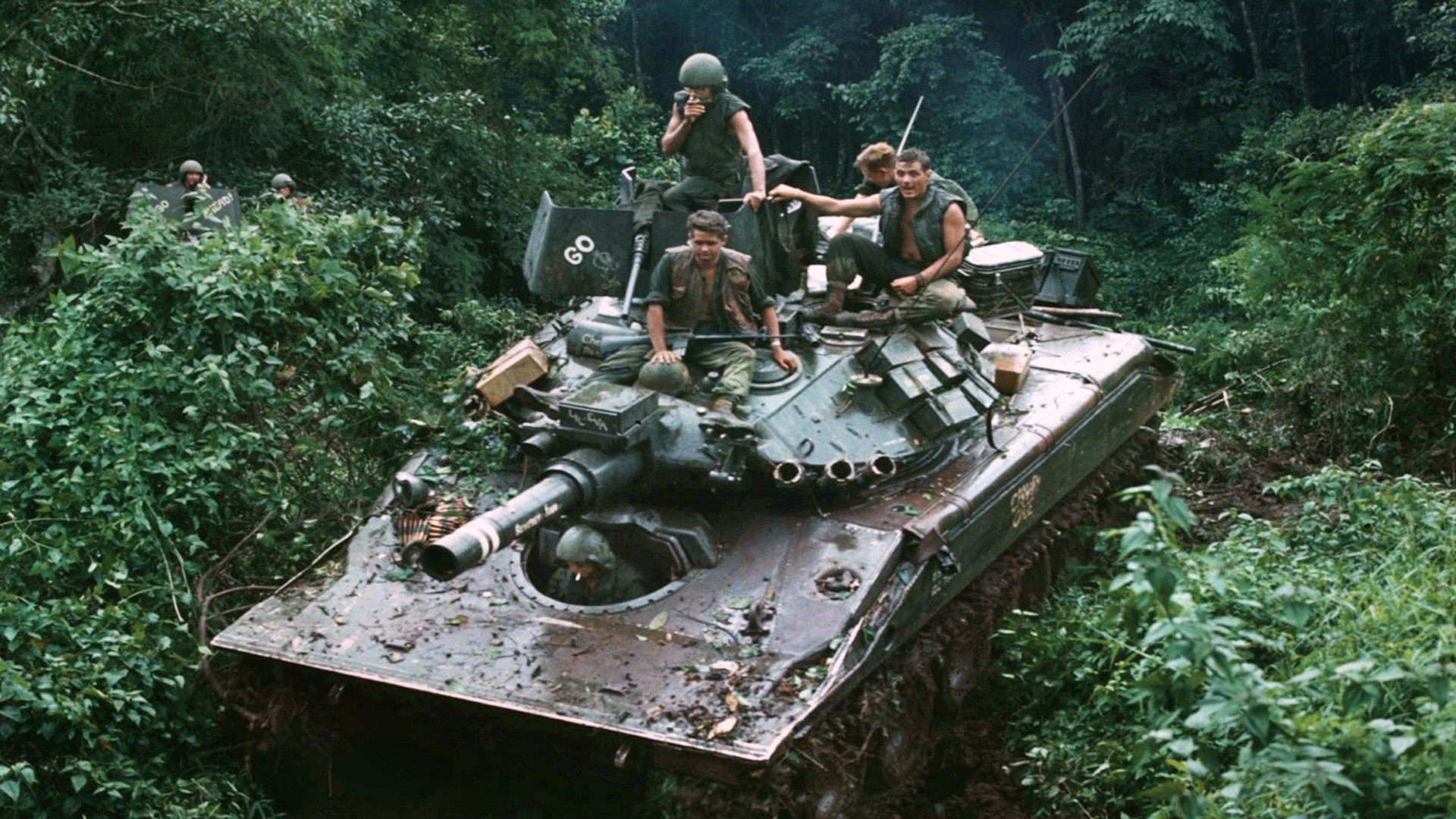

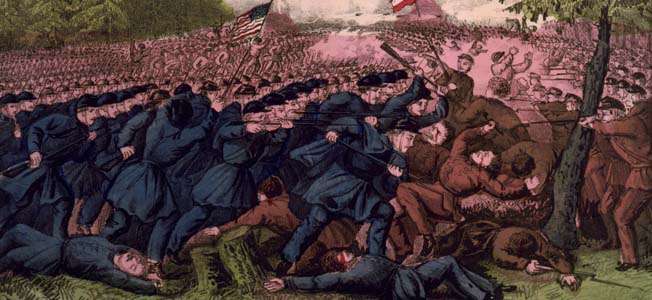
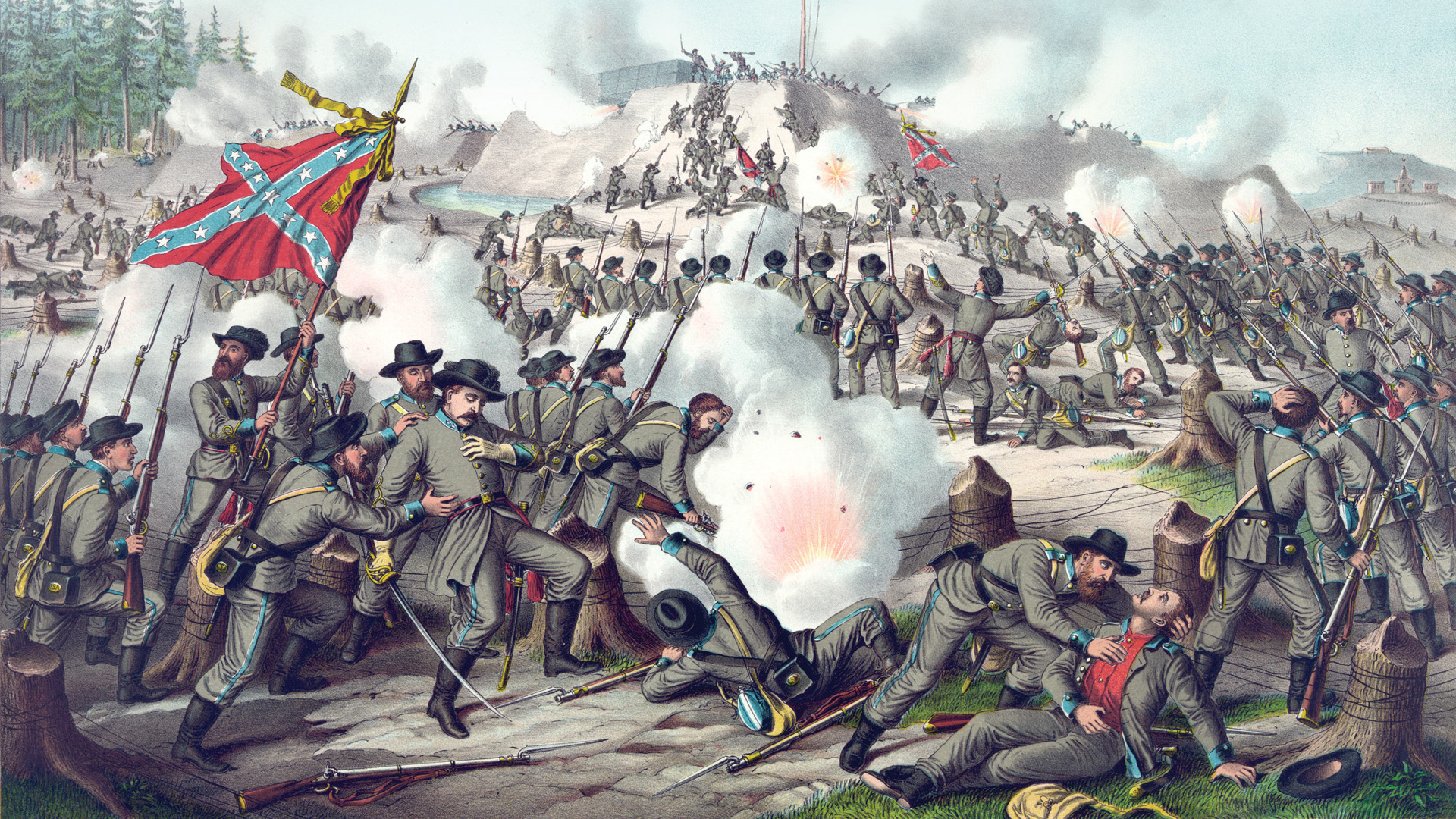
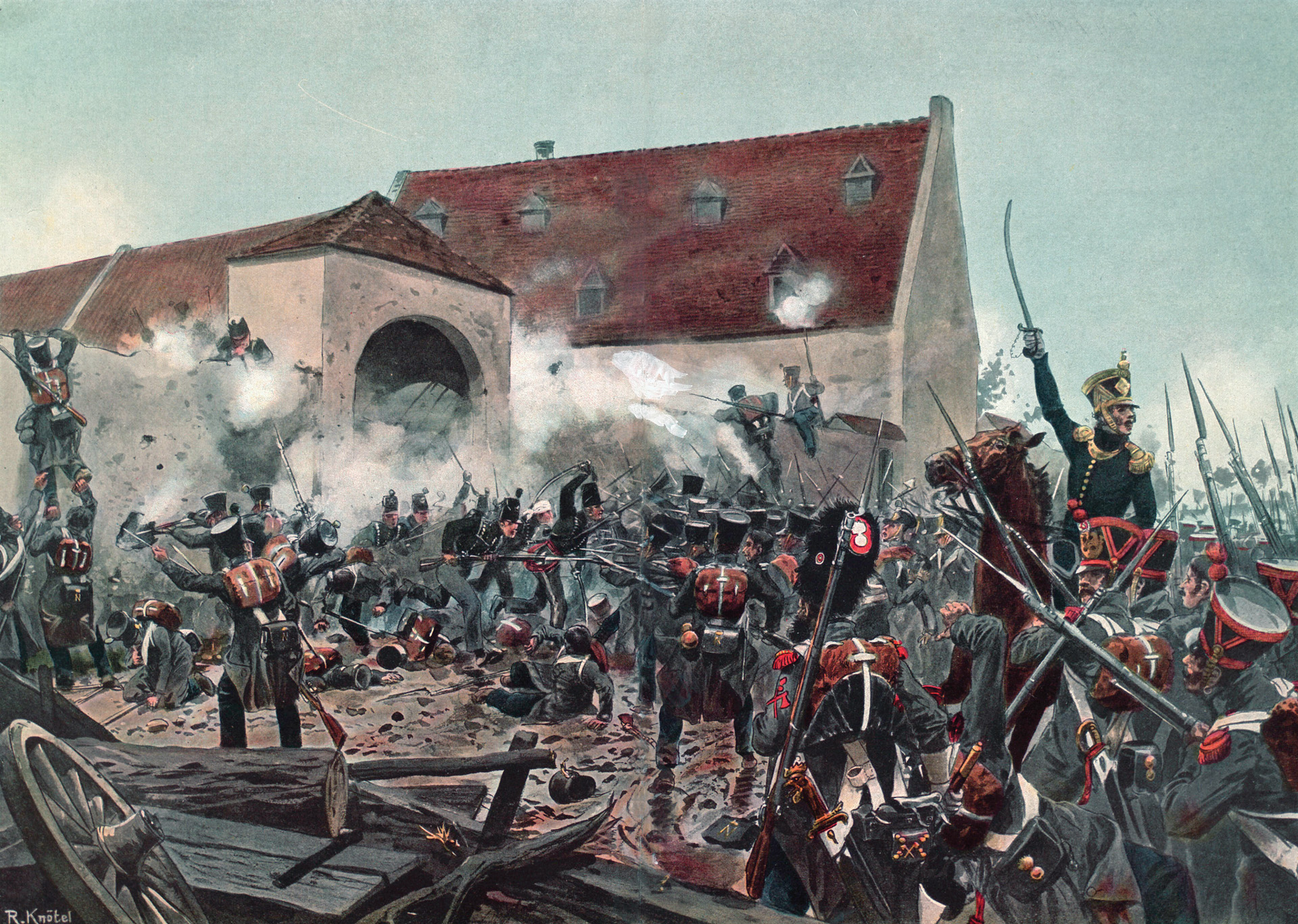
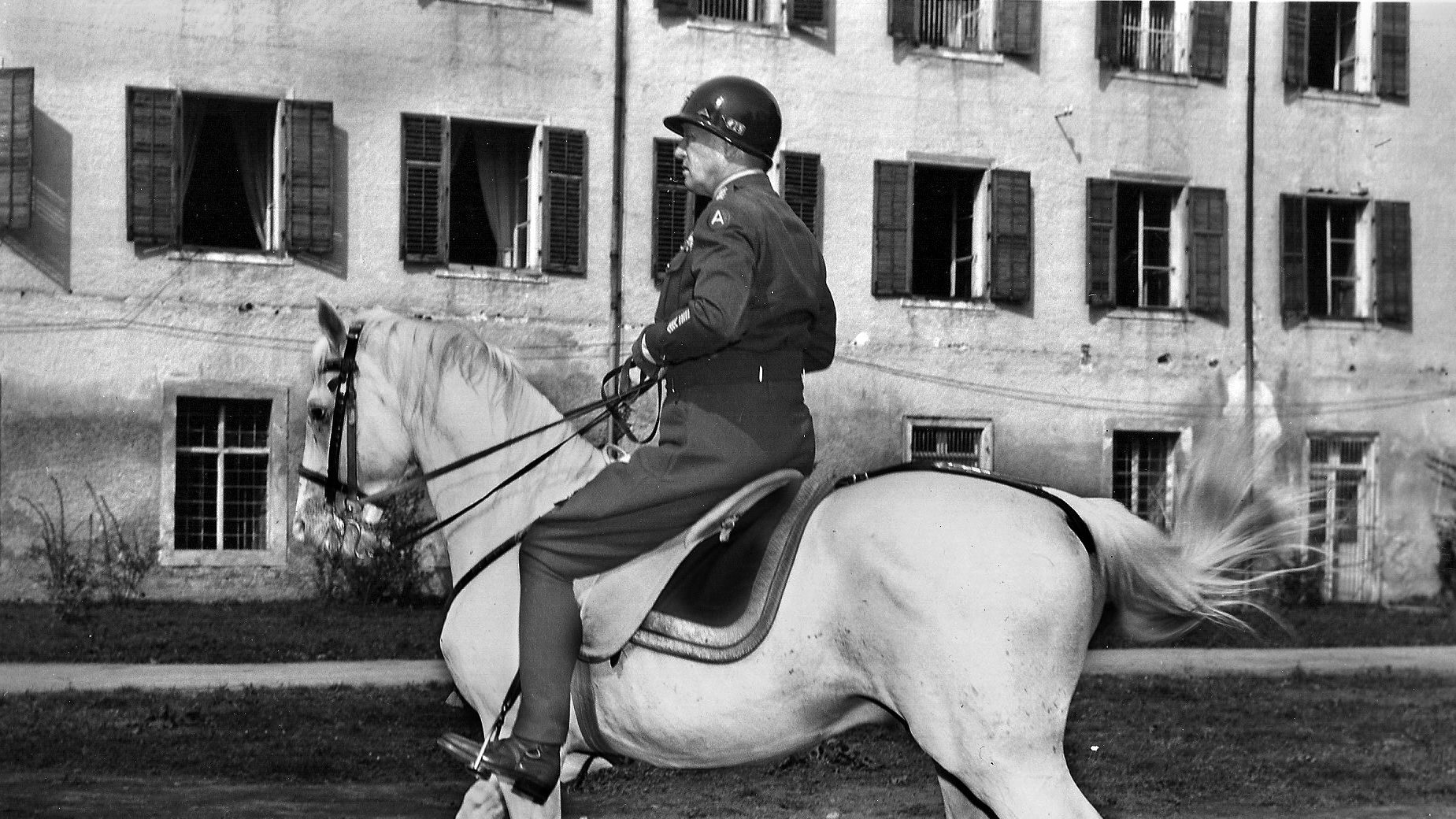
Join The Conversation
Comments
View All Comments